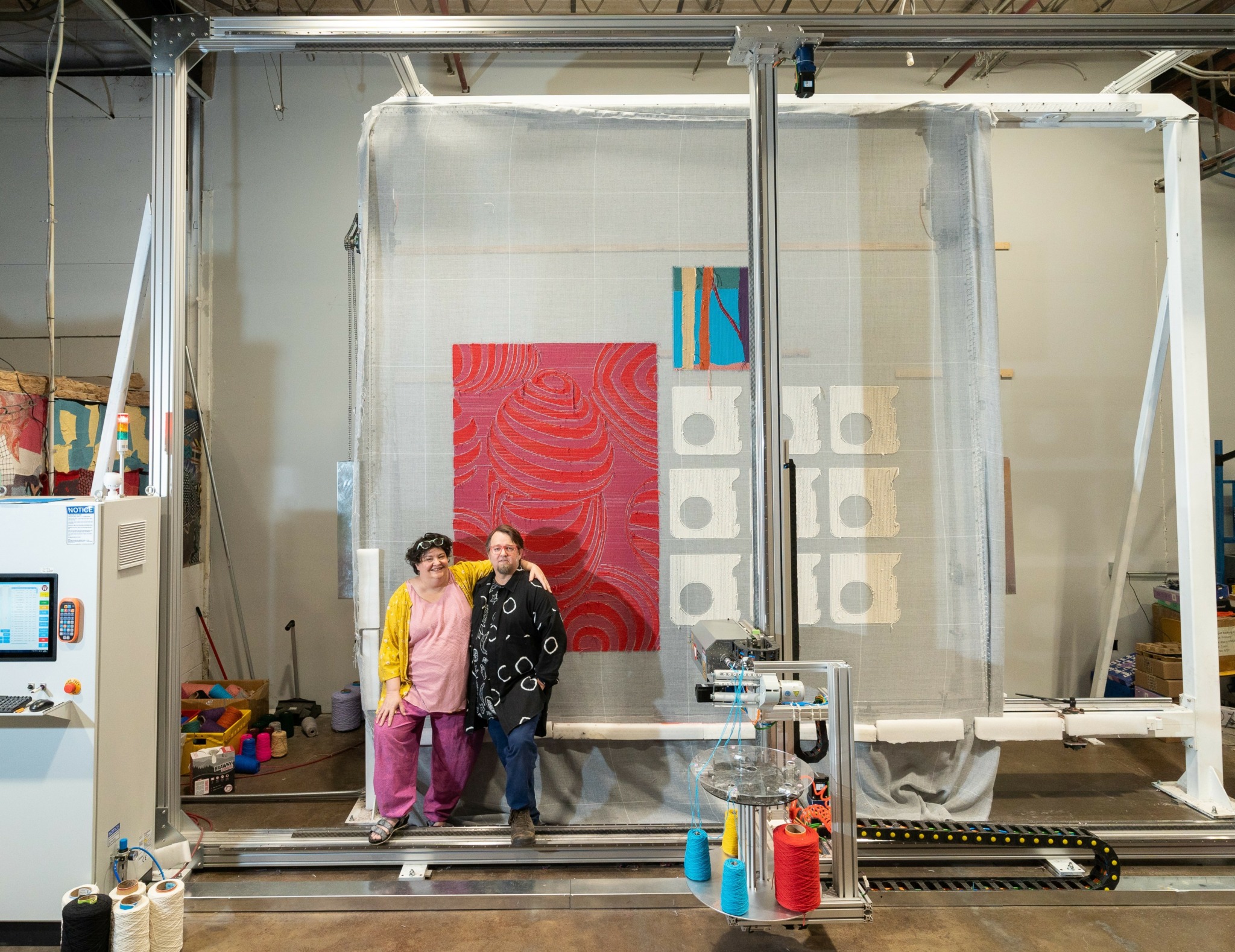We recently connected with Tim Eads and have shared our conversation below.
Tim, appreciate you joining us today. undefined
I’d say one of the most innovative things we did for our company was about how we took care of our team. During a particularly strong year, we decided to rethink what a sustainable and supportive workplace could look like, especially in the middle of Covid. We raised everyone’s pay to a shared base level—including management—because we believe everyone’s time is equally valuable to the success of the company. We also rolled out full health coverage (including dental, vision, and disability), a 401(k) with immediate vesting and matching, a four-day work week, and even profit sharing. It was a big shift, but what it showed us is that you can absolutely run a profitable business while putting your people first.
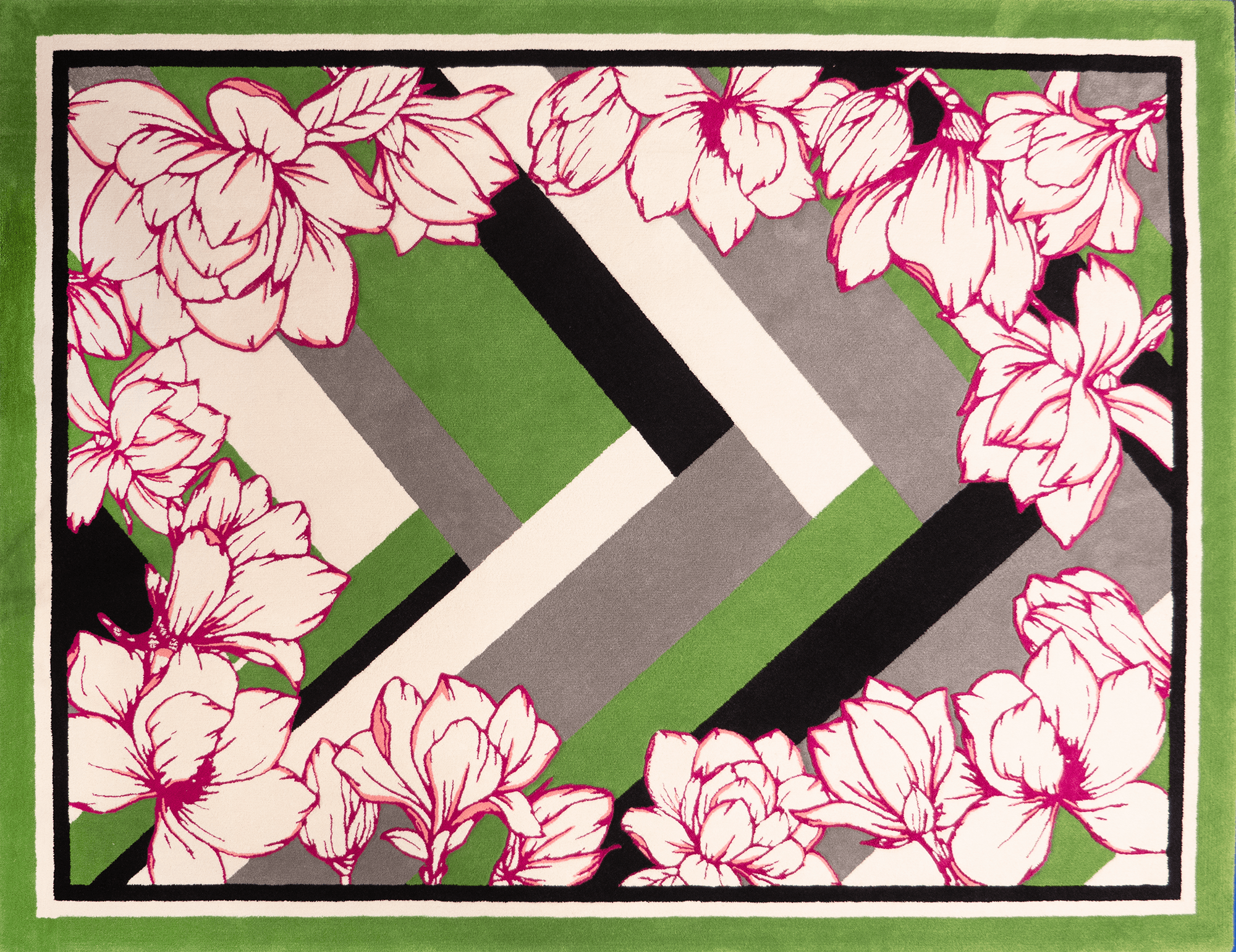

Tim, love having you share your insights with us. Before we ask you more questions, maybe you can take a moment to introduce yourself to our readers who might have missed our earlier conversations?
I grew up in a small town in West Texas, where I raised angora goats for mohair—so textiles and fiber have been part of my life for as long as I can remember. My partner, Tiernan, also grew up in Texas and has been a lifelong knitter, working with fiber and textiles in her creative practice for decades. Later, I worked at the Fabric Workshop and Museum in Philadelphia, which deepened my interest in fiber arts and made starting a textile-focused business feel like a natural next step.
In 2018, Tiernan and I launched Tuft the World as a husband-and-wife collaboration. We were first introduced to tufting by a friend who had worked as a carpet designer. Tufting, which involves punching yarn into a base fabric using a handheld tool, has actually been around for over a century—but when we discovered it, the materials and tools just weren’t accessible to the average person.
One of the first hurdles we faced was sourcing and packaging those supplies in a way that made them usable for beginners and professionals alike. For example, the primary tufting fabric was only available in massive 15-foot-wide rolls with high minimums—each one weighing over 300 pounds and requiring a forklift to move. It took about three years before we were able to work with the manufacturer to have the fabric precut, bagged, and barcoded for easier distribution. The machines were another story—they arrived with the most bizarre packaging you can imagine (think paper towels and scraps of bubble wrap). We spent countless hours testing each machine, repackaging them properly, and making sure they were ready to ship to customers.
Education quickly became a big part of what we do. When we started, there wasn’t a single comprehensive video online explaining how to tuft. So we created free tutorials for social media, launched an online beginner course, and began teaching in-person workshops—first in Philly, then all over North America. For the first few years, we’d teach in Philly one weekend and hit the road the next. We hosted workshops in cities like New York, Los Angeles, Baltimore, Austin, Toronto, and Portland (both Maine and Oregon). At the time, no one else was offering anything like this, and it was an amazing way to build community face-to-face.
We also created a free online community where people all over the world could connect, troubleshoot, share techniques, and celebrate each other’s work. That group has grown to over 12,000 members and continues to thrive.
And most recently, in April 2024, we published our first book: Tuft the World: An Illustrated Manual to Tufting Gorgeous Rugs, Decor, and More with Princeton Architectural Press/Chronicle Books. It’s been a full-circle moment—taking what we’ve learned and putting it in print to help even more people explore the world of tufting.
And finally, 2 years ago we launched our own rug production factory now called “Superfluous Things”. During the fruitful years we purchased a large-scale CNC tufting machine and have been using it to create rugs for artists, interior designers and architects. We have the privelge of making a rug for Trixie Mattel for the HGTV show “Drag me Home” and many more outstanding artists and designers across the US. We produce everything in PHiladelphia using wool dyed in Georgia, USA.
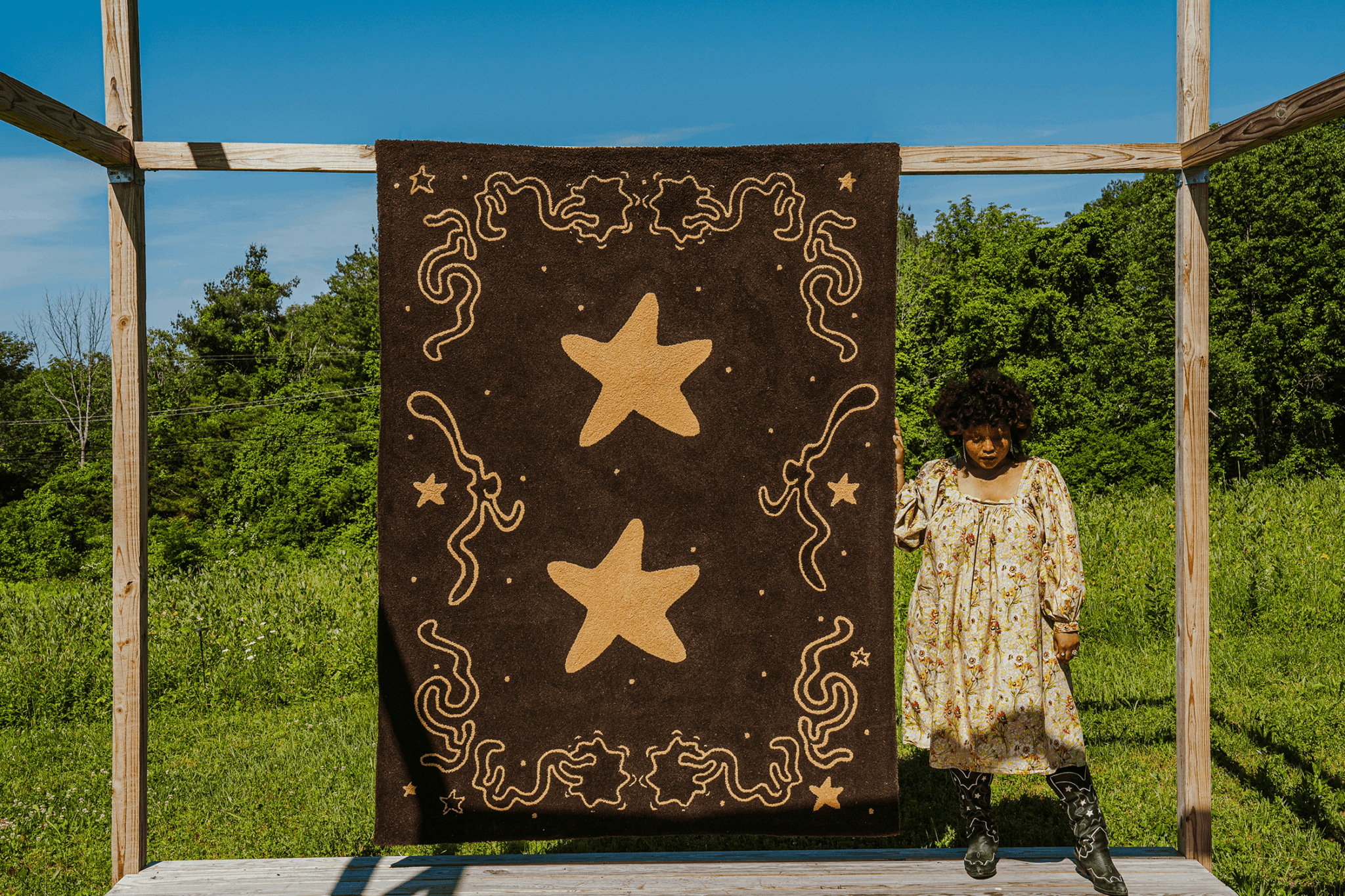

Have any books or other resources had a big impact on you?
One of the best books recommended by someone is “The No Asshole Rule: Building a Civilized Workplace and Surviving One That Isn’t” by Dr. Robert Sutton. It’s a great book for learning how to build a great team.
Another invaluable resource is the online website “Ask a manager”. It’s a great resource for learning how to deal with unique challenges and managing your team in a healthy way.
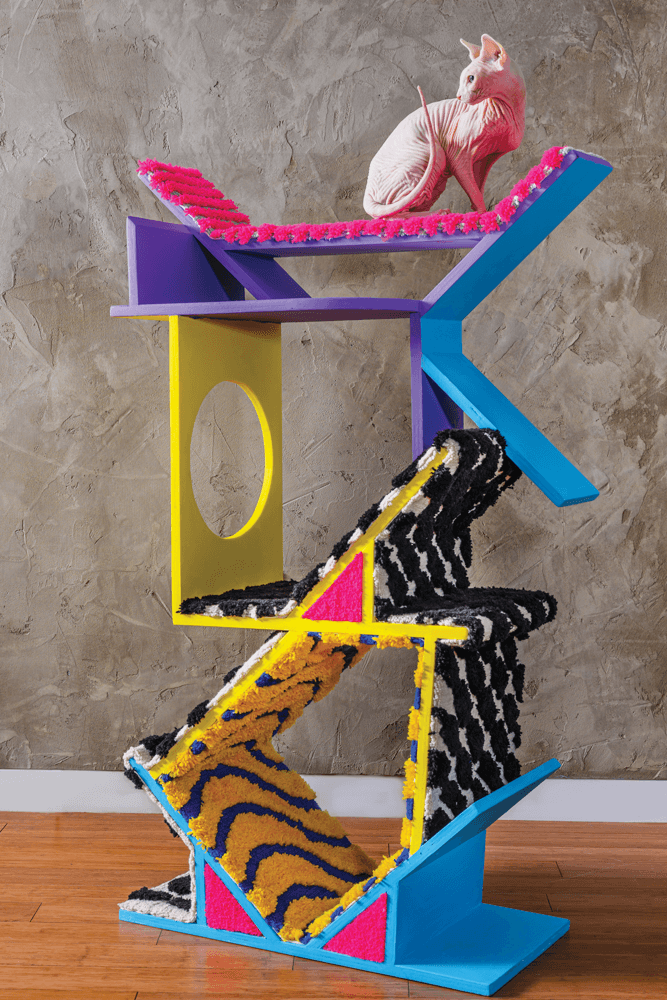
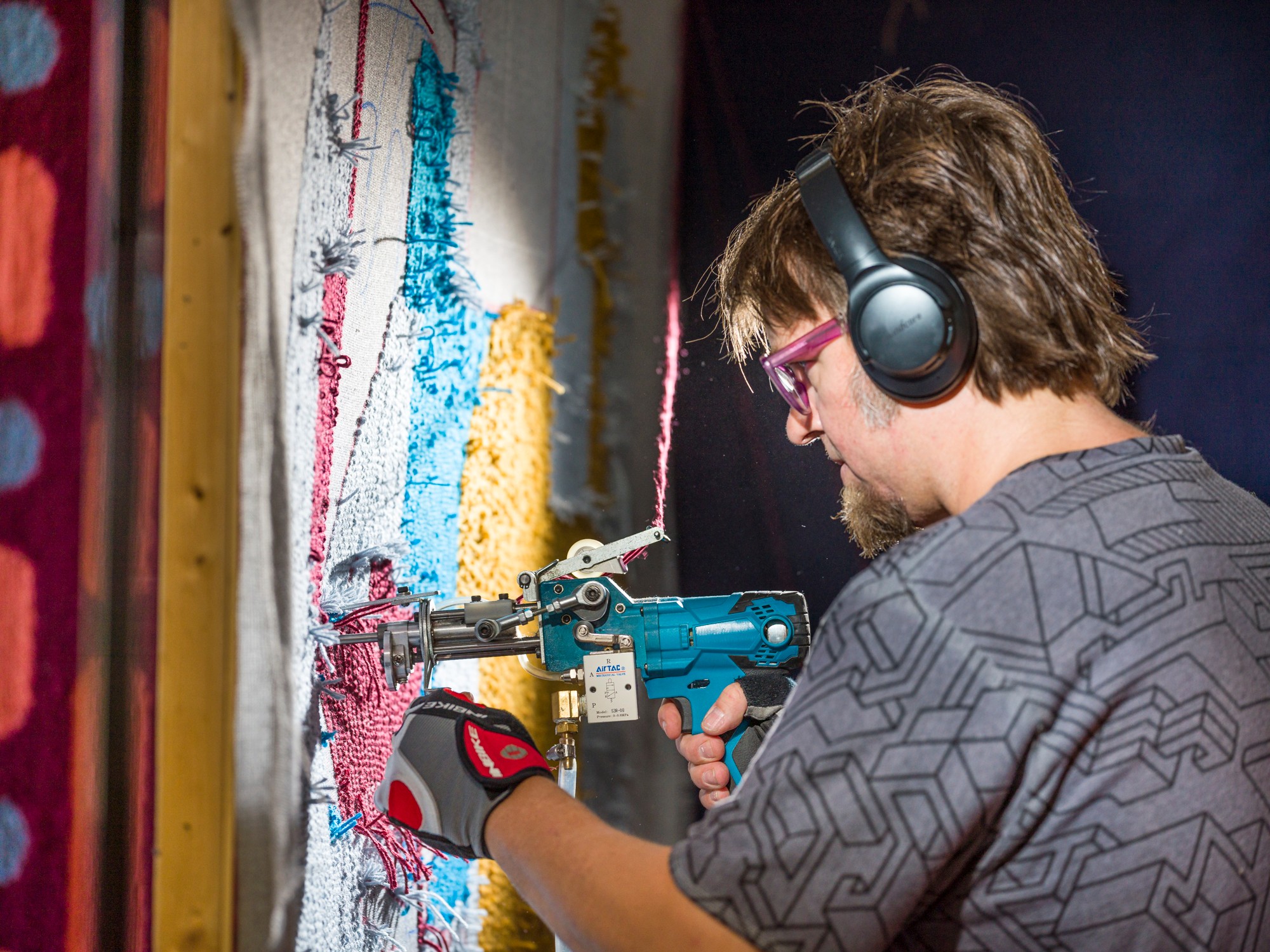
Where do you think you get most of your clients from?
Most of our customers come from organic searches on Google. We also have an affiliate program where folks have a unique code they can share with their followers. This helps find people outside of our immediate network. We also have been fortunate enough to build a strong following on Instagram (84k) as well as followers on TikTok and youtube.
Contact Info:
- Website: www.tufttheworld.com, www.superfluousthings.com
- Instagram: @tuft_the_world @superfluous_things
- Facebook: tufttheworld
- Linkedin: https://www.linkedin.com/in/thisistimeads
- Youtube: @tufttheworld
- Other: tiktok: tufttheworld

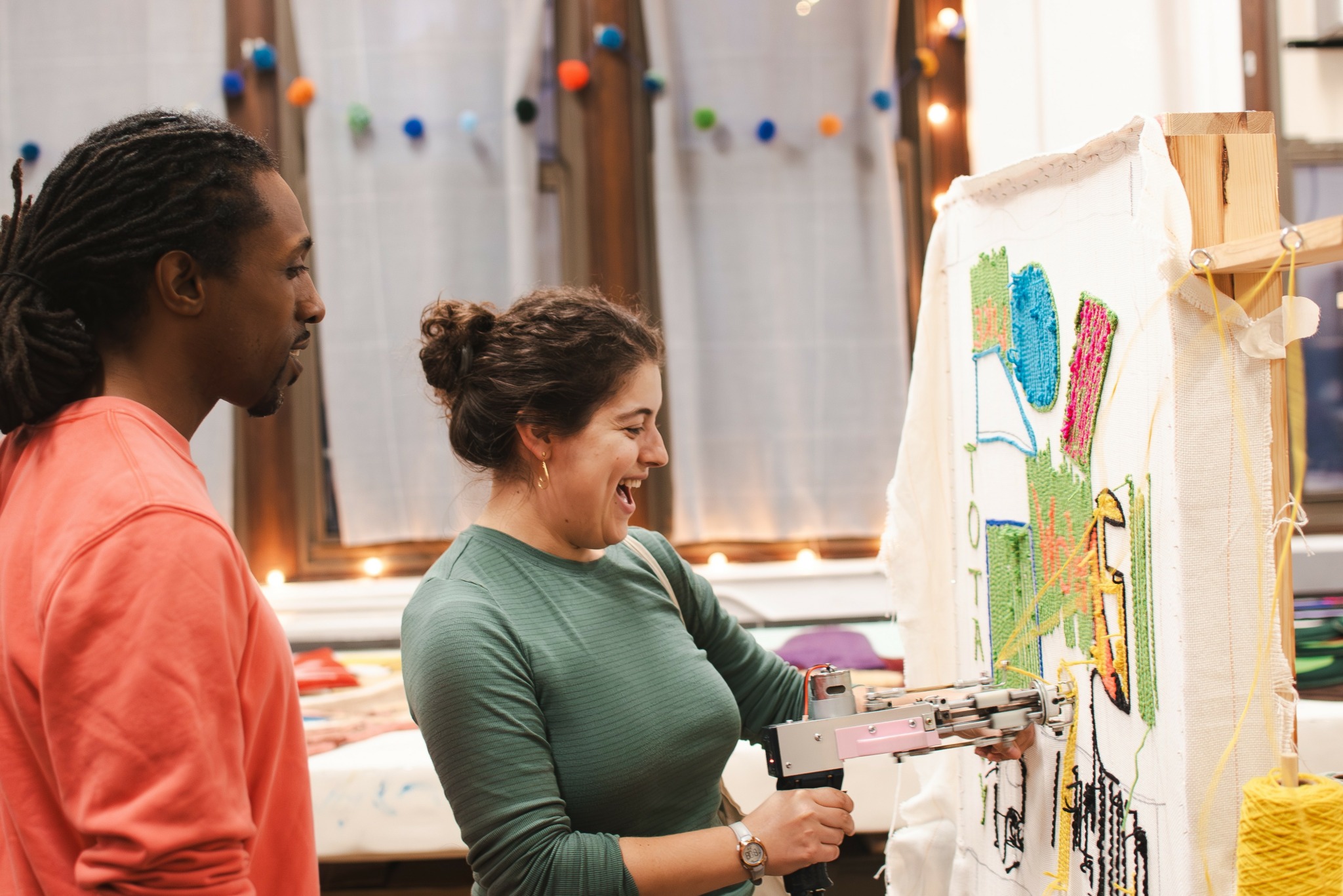
Image Credits
Personal Photo: Chris Baker Evens
Stars: Grey Prnce
Cat tree, Tim tufting, Cloud piece with chairs: Jaime Alvarez
Man tufting in Tufting studio: Ed Newton
Flower rug: Tuft the World
Woman tufting: Zara Neifeld


